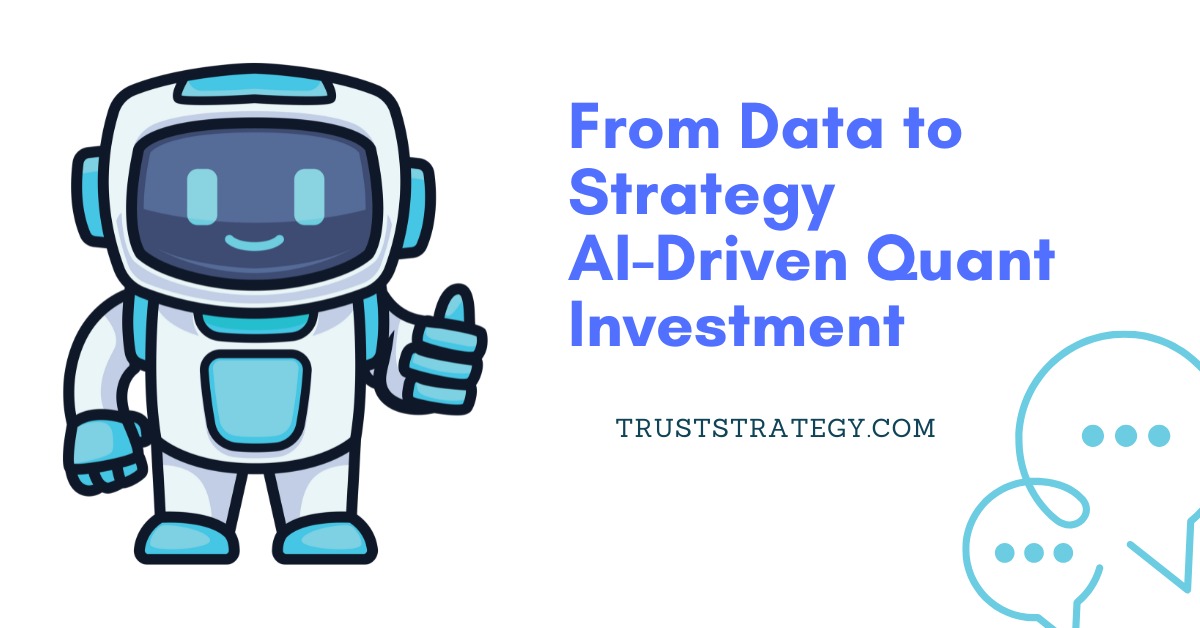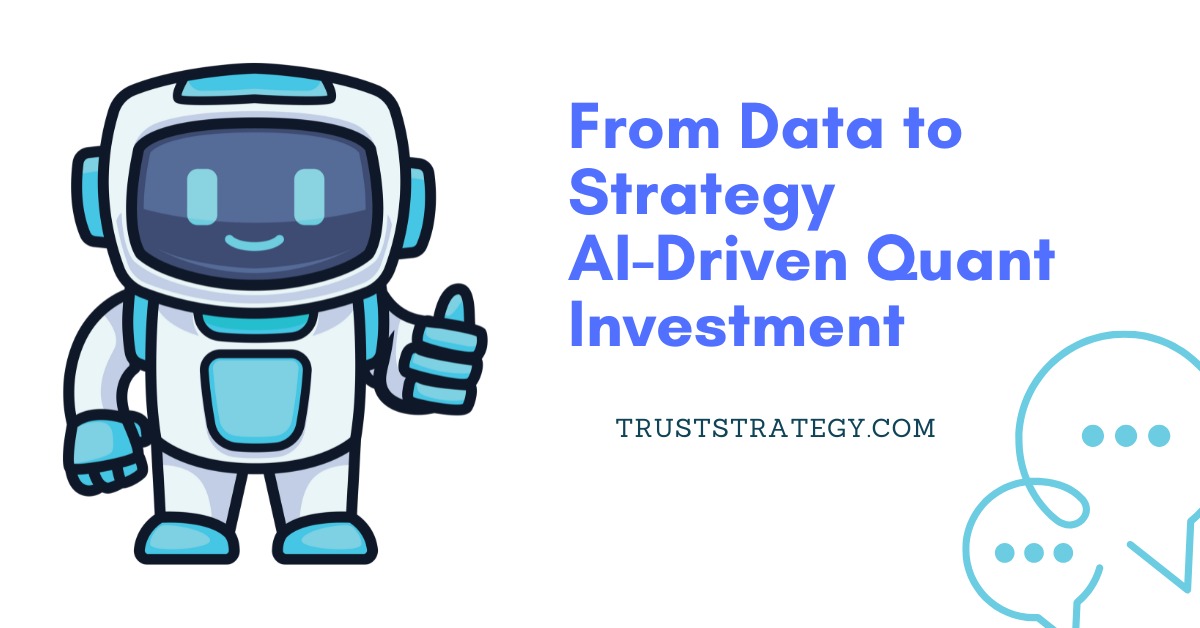
The cryptocurrency market has matured significantly over the last decade, yet it remains one of the most volatile and fast-paced financial environments. Traders, both retail and institutional, often struggle to keep up with sudden price swings, emerging opportunities, and round-the-clock market activity. To address these challenges, many investors turn to automation. Among the leading solutions are platforms like MasterQuant and TrustStrategy, which are designed to help traders execute strategies more efficiently across global exchanges.
This article explores how automated systems such as MasterQuant and TrustStrategy work, their potential advantages, risks, and what investors should keep in mind before relying on them.
Understanding the Concept of Automated Trading Platforms
An automated trading system is a software application that executes buy and sell orders based on pre-defined parameters or algorithms. In the case of MasterQuant and TrustStrategy, these platforms connect with multiple exchanges via secure APIs to allow users to automate strategies.
Instead of manually monitoring charts and placing trades, users can set specific rules. For example, automation can be instructed to:
- Buy Bitcoin when the price falls by a set percentage within a given timeframe.
- Sell Ethereum once it reaches a profit target.
- Rebalance a portfolio to maintain a fixed percentage allocation across different assets.
The goal is efficiency. Automation removes emotional bias and fatigue, making it ideal for the 24/7 nature of crypto markets.
How MasterQuant and TrustStrategy Operate
Both platforms support widely used trading strategies, including:
- Arbitrage Trading – Taking advantage of small price differences between exchanges.
- Market Making – Continuously placing buy and sell orders to capture bid-ask spreads.
- Trend Following – Using indicators such as moving averages, RSI, or MACD to track momentum.
- Portfolio Rebalancing – Automatically adjusting holdings to maintain allocation goals.
- Grid Trading – Placing buy and sell orders at intervals to profit from sideways movements.
To get started, traders typically:
- Connect their exchange accounts to the platform with secure API keys.
- Configure rules, strategies, or signals.
- Allow the system to execute trades automatically while maintaining control of their funds.
Advantages of Using Platforms Like MasterQuant and TrustStrategy
24/7 Trading Efficiency
Cryptocurrencies trade without pause. Automated tools ensure opportunities are not missed while the trader is away from the screen.
Elimination of Emotional Trading
Many traders lose money by making decisions based on fear or greed. Automated strategies stick to logic-based rules, reducing emotional influence.
Faster Execution
Automated systems react within milliseconds, giving users an advantage in volatile markets where human reaction time is slower.
Customizable Strategies
Both platforms allow users to create strategies suited to their risk appetite and goals—ranging from long-term investing to short-term trading.
Data-Driven Insights
Advanced analytics, backtesting, and reporting help refine strategies over time, giving traders better insights into performance.
Risks and Limitations to Consider
Market Volatility
Automated systems cannot predict sudden events such as regulatory changes or exchange outages, which can still lead to losses.
Over-Optimization
Backtested strategies may look profitable historically but perform poorly in live markets. Relying too heavily on past data can be risky.
Technical Failures
Internet issues, API errors, or glitches may impact performance. Oversight is still necessary.
Security Concerns
Granting API access requires caution. Users should choose trusted platforms and avoid enabling withdrawal permissions.
No Guaranteed Profits
Automation is a tool, not a guarantee. Success depends on the quality of strategies and broader market conditions.
Automation vs. Manual Trading
Manual traders excel at interpreting complex news, reacting to unpredictable events, or applying intuition. Automation, however, provides speed, consistency, and discipline. Many investors find a hybrid approach works best—using automated platforms for repetitive tasks and manual oversight for high-impact decisions.
Best Practices for Using MasterQuant and TrustStrategy
- Start with small amounts before scaling up.
- Backtest and simulate strategies before live trading.
- Monitor performance regularly.
- Stay informed about market news and economic factors.
- Prioritize security by using reputable providers and enabling two-factor authentication.
The Future of Automated Crypto Trading
Automation has become central to modern finance, from algorithmic trading in traditional markets to DeFi strategies. As MasterQuant and TrustStrategy continue to refine their services, we can expect further integration of machine learning and predictive analytics.
For traders, this means more accessible tools to diversify portfolios, manage risks, and improve returns. However, like all financial technologies, cautious adoption and continuous learning remain essential.
Closing Thoughts
Platforms like MasterQuant and TrustStrategy are not shortcuts to instant wealth but practical tools for disciplined, efficient, and strategic trading. By understanding their mechanics, advantages, and risks, traders can make automation an ally rather than a replacement. Those who combine automation with informed decision-making are better positioned to thrive in the fast-moving world of cryptocurrency trading.





